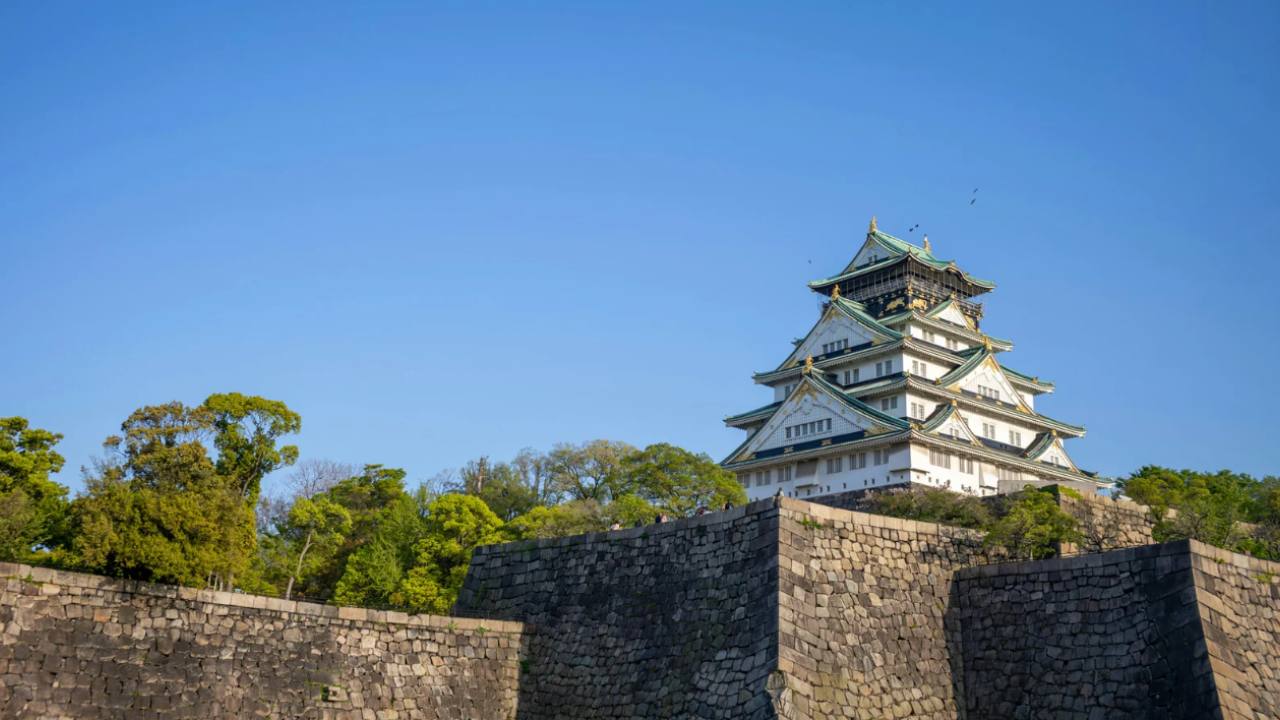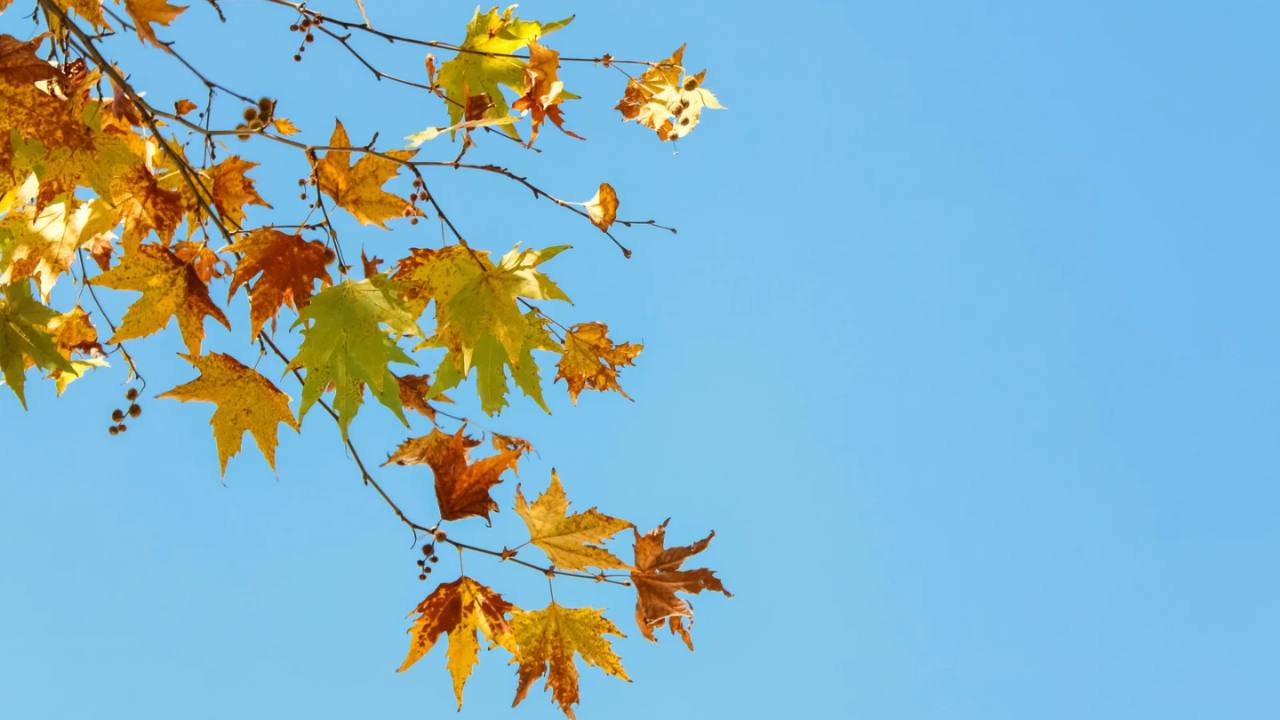夏至/Summer Solstice
こんにちは。いろはです。
今週末、6月21日(土)は「夏至(げし)」です。
一年でいちばん昼の時間が長くなる日が、まもなくやってきます。
Hello, it’s Iroha.
This Saturday, 21 June, is Geshi—the summer solstice, the day with the longest daylight hours of the year.
「夏に至る」と書くように、暦のうえでは夏の入口。
とはいえ日本では今、梅雨の真っ最中……のはずなのですが、今年はなぜか夏のような暑い日が続いています。
The word Geshi literally means “reaching summer.”
And although it’s still the rainy season in Japan, this year we’ve been having unusually hot, summer-like days.
しとしと雨が降るどころか、日差しが強く、まるで真夏のよう。
季節の感覚が少しずつ、変わってきているのかもしれませんね。
Instead of constant drizzle, we’re getting strong sunshine and humid heat—
almost as if midsummer has arrived early. Perhaps our sense of the seasons is quietly shifting.
夏至の日に、特別な行事があるわけではありませんが、
自然に感謝し、静かに季節の節目を意識する、そんなきっかけになる日です。
Although there aren’t many traditional events tied to Geshi,
it’s a quiet moment that invites us to pause and appreciate the natural world around us.
夏至を過ぎると、日本では本格的な夏を迎える準備が始まります。
「夏越の祓」や「暑中見舞い」など、夏らしい言葉や風習が、少しずつ顔を出してくるのです。
After Geshi, Japan gradually shifts into high summer, bringing with it seasonal words and customs like Nagoshi no Harae(a mid-year purification) and Shochu-mimai (summer greeting cards).
季節の節目である夏至。
こういう時こそ、自分と静かに向き合う手書きの時間を大切にしたいですね。
Geshi marks a quiet turning point in the seasons.
It’s the perfect time to slow down, reflect, and reconnect with yourself through mindful handwriting.






Responses